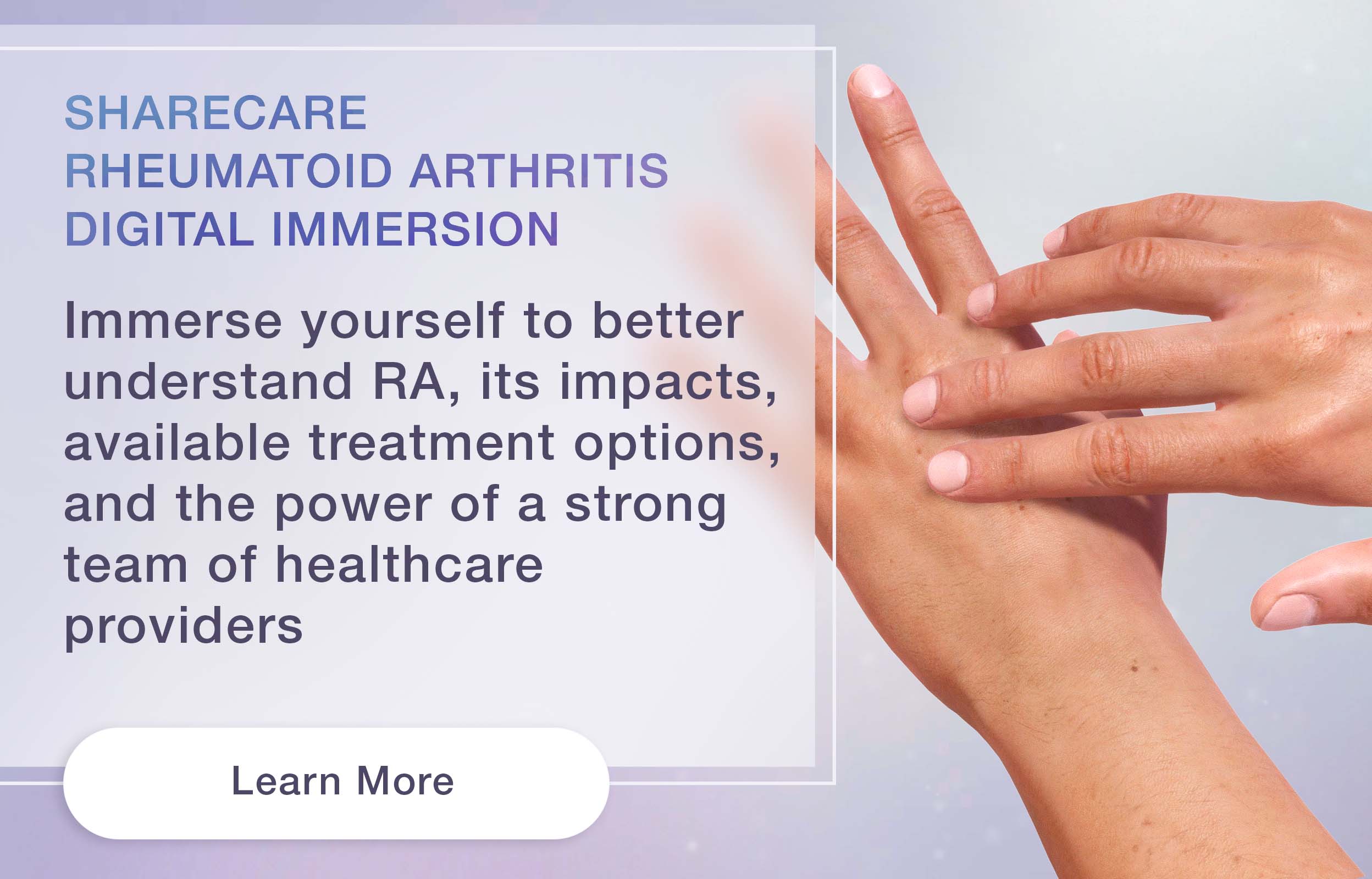Rheumatoid arthritis (RA) is one of the major types of inflammatory arthritis. It is an autoimmune disease, a disease where the immune system produces antibodies that attack healthy cells. When a person has RA, these antibodies attack cells in the joints, causing symptoms such as pain and inflammation. RA can affect any joint in the body, but some joints are more common than others. The hands, wrists, and feet are the most common.
Over time, RA can cause permanent damage and deformity to the joints. If you or a loved one has RA, it is very important that you seek treatment in order to prevent joint damage and deformity.
Treatment for RA is an ongoing process. And as we all know, healthcare appointments can be difficult to fit into busy schedules.
During the height of the COVID-19 pandemic, many people with many different health conditions utilized telehealth appointments. Telehealth refers to virtual healthcare appointments, where a patient and provider connect remotely. For example, using a video conferencing application on a phone, computer, or tablet.
Appointments with a rheumatologist
Many people with RA can benefit from telehealth appointments, especially if their symptoms are under control and they are in stable condition. Telehealth appointments allow you to continue treatment when getting to a healthcare office isn't feasible.
However, telehealth may not be right for every person or every appointment. People who are experiencing persistent RA symptoms or a flare-up may need to see a healthcare provider in-person so that the provider can check the degree of swelling around the joints and determine whether the joints are inflamed. In other cases, a person may need to visit a lab for diagnostic tests.
As you continue treatment, your healthcare provider can work with you to determine whether or not an in-person appointment is necessary or if they can monitor you remotely.
Treatment for RA may also involve physical and occupational therapy, and these providers may also be able to work with you remotely.
Other healthcare appointments
Though RA’s most recognizable symptoms occur in the joints, the disease has an impact on the entire body. People with RA are at a greater risk for numerous other conditions, such as:
- Skin rashes and nodules
- Loss of bone density
- Heart disease and stroke
- Inflammation or dryness of the eyes
- Dry mouth
- Inflammation of the lungs
- Anemia
Because of the risk of these other conditions, anyone who has RA should also be keeping regular appointments with a primary care physician and may also need to work with other healthcare specialists. It is worth considering the other areas of healthcare where telehealth may be a good fit and discussing these options with your healthcare providers.






